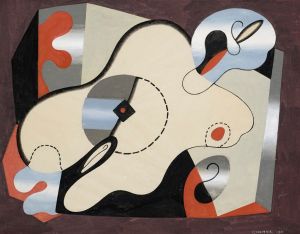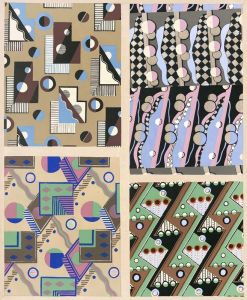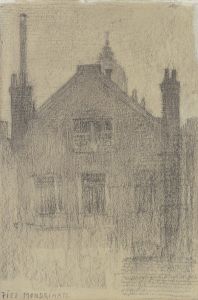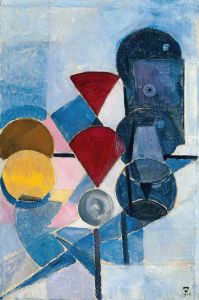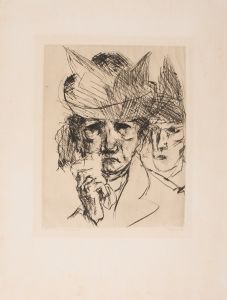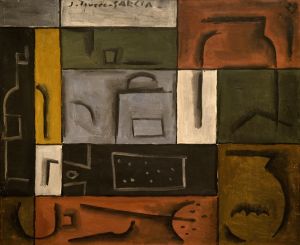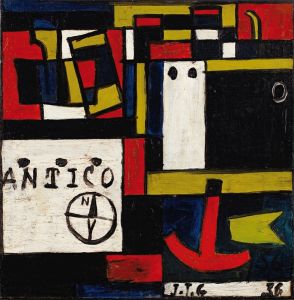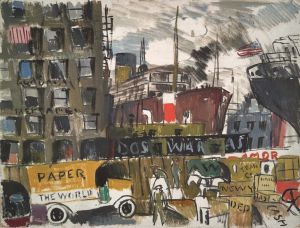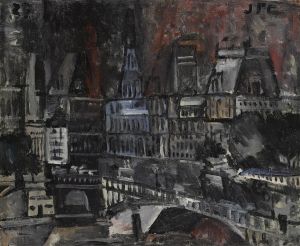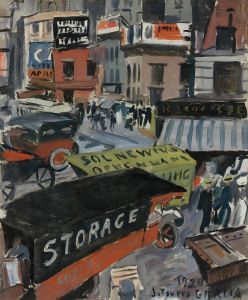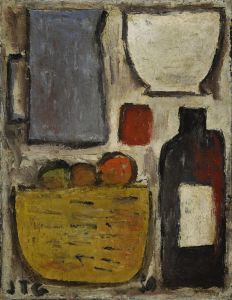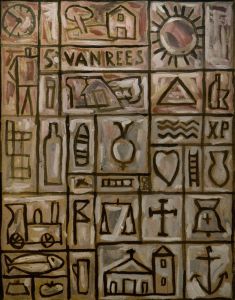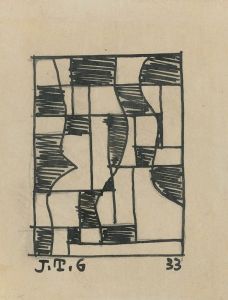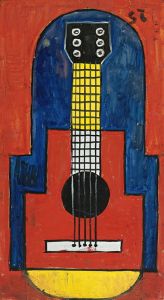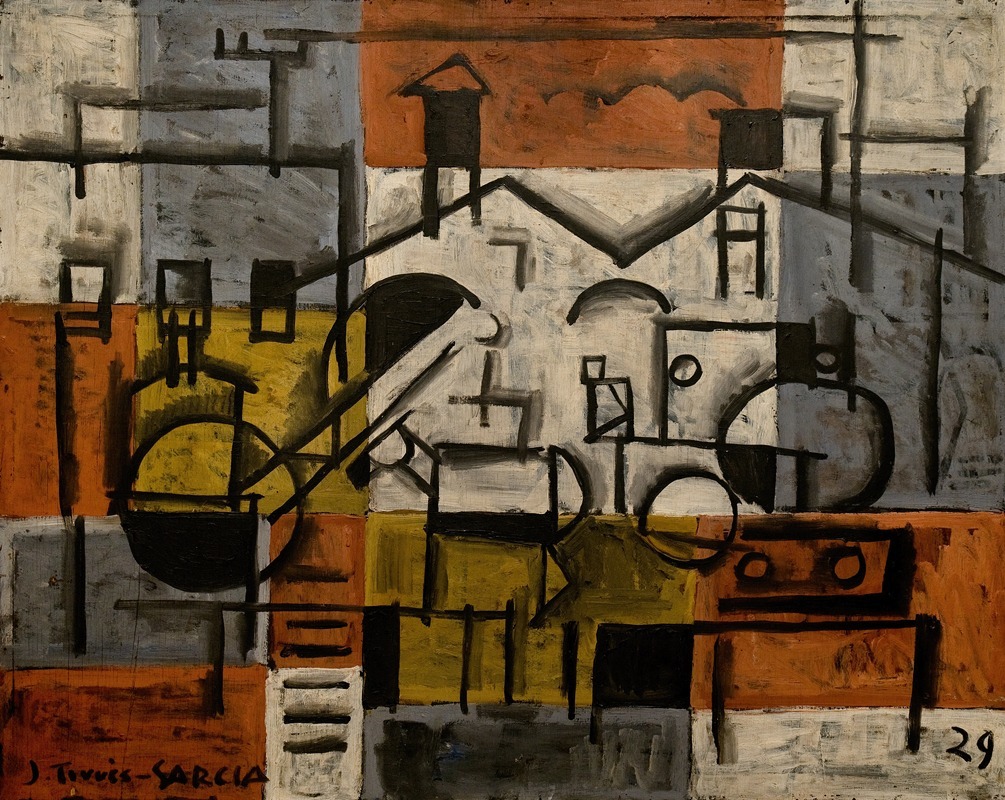
Pintura constructiva
A hand-painted replica of Joaquín Torres-García’s masterpiece Pintura constructiva, meticulously crafted by professional artists to capture the true essence of the original. Each piece is created with museum-quality canvas and rare mineral pigments, carefully painted by experienced artists with delicate brushstrokes and rich, layered colors to perfectly recreate the texture of the original artwork. Unlike machine-printed reproductions, this hand-painted version brings the painting to life, infused with the artist’s emotions and skill in every stroke. Whether for personal collection or home decoration, it instantly elevates the artistic atmosphere of any space.
Joaquín Torres-García was a prominent Uruguayan artist and art theorist, known for his contributions to modern art and his role in the development of Constructivism in Latin America. One of his notable works, "Pintura constructiva," exemplifies his unique approach to art, which combined elements of European avant-garde movements with Latin American cultural influences.
"Pintura constructiva" is a manifestation of Torres-García's Constructivist philosophy, which he adapted from its European origins and infused with his own ideas. Constructivism, originally developed in Russia in the early 20th century, emphasized abstraction, geometric forms, and a focus on the material properties of art. Torres-García embraced these principles but sought to create a distinctly American version of Constructivism, which he termed "Universal Constructivism."
In "Pintura constructiva," Torres-García employed a grid-like structure, a hallmark of his Constructivist works. This grid serves as an organizing principle, dividing the canvas into a series of compartments filled with various symbols and geometric shapes. These symbols often include references to ancient cultures, such as pre-Columbian motifs, as well as modern elements, reflecting his belief in the universality of certain visual languages.
The painting is characterized by its use of earthy tones and a muted color palette, which are typical of Torres-García's work. This choice of colors reflects his interest in creating a timeless aesthetic that transcends specific cultural or historical contexts. The combination of geometric abstraction with symbolic imagery in "Pintura constructiva" demonstrates Torres-García's commitment to synthesizing different artistic traditions and his desire to create a new visual language that could communicate across cultural boundaries.
Torres-García's work, including "Pintura constructiva," was deeply influenced by his time in Europe, where he was exposed to various avant-garde movements, including Cubism, Surrealism, and Neo-Plasticism. His interactions with artists such as Piet Mondrian and Theo van Doesburg informed his understanding of abstraction and the use of geometric forms. However, Torres-García's work is distinct in its incorporation of Latin American themes and symbols, which he believed were essential to creating an art that was both modern and rooted in the cultural heritage of the Americas.
Throughout his career, Torres-García was not only a prolific artist but also an influential teacher and theorist. He founded the "Taller Torres-García" (Torres-García Workshop) in Montevideo, which became a hub for artists interested in Constructivism and modern art. His teachings and writings, including his book "Universalismo Constructivo," articulated his vision for a new art form that could unite different cultural and artistic traditions.
"Pintura constructiva" is a testament to Torres-García's innovative spirit and his dedication to creating an art that was both universal and deeply personal. Through his work, he sought to bridge the gap between the old and the new, the local and the global, and in doing so, he left a lasting impact on the development of modern art in Latin America and beyond.





